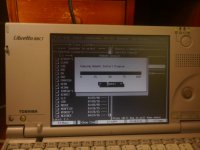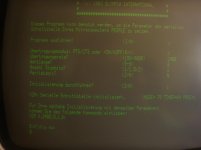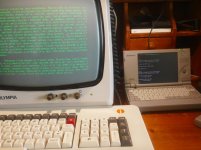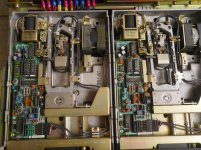Adventurer
Experienced Member
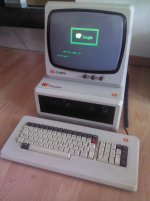
I had really high hopes on this machine, built in the beginning of the 80-ties, but it seems Olympia did everything wrong were they could. Yes, it is all good quality metal machine, with dual 5.25 floppy drives and metal framed keyboard, with 8086 processor, but this is where the good part actually ends.

The keyboard - even though a mechanical one is very is pretty uncomfortable to type on, with too much resistance and poor feedback, it feels more like a long travel membrane keyboard. It does not have legs to lift it up, so overall the design is not well thought (just comparing to the IBM Model F) from the same time period. Arrow keys do not seem to function, and they are so awkwardly placed, that it would be really hard to use them anyway, but I do think they should work in combination with other keys, so this must be another usability rather than a technical issue
Worst of all, the machine itself, although it can run CP/M, MS-DOS and Prologue, is actually incompatible with anything - the drives have a proprietary 640K format, which can only be read and written on the same machine. It will not read any other floppies, and no other computers can read a floppy created on this machine.
Now I'm stuck with the file transfer - currently running out of ideas how to get files on this machine. I have a laplink cable, connected to a Toshiba Libretto 50ct, but I can not load either LapLink or Kermit, because DOS diskette does not have MODE or CTTY commands. One floppy did have a Kermit version 0.15, but it crashes more often than loads, and can not accept any commands anyway.
There is a substitute program for mode, called V24.com, which allows me to set port settings for COM1, but without CTTY I can not get the computer to listen to COM port. Would be really glad if someone with more knowledge could help me with a hint what else I might try

